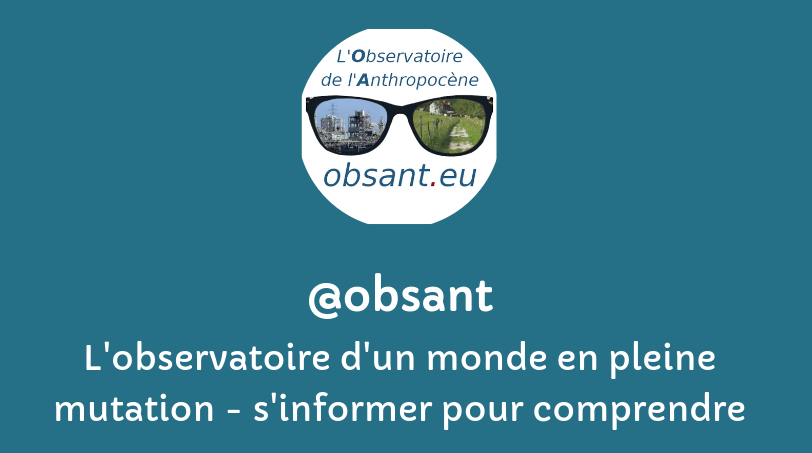« L’urgence est là, nous regardons ailleurs »
filtre:
communications
2025
Une découverte scientifique majeure vient de rapprocher l’humanité d’une révolution technologique sans précédent. Des chercheurs chinois ont franchi un cap décisif dans la construction du futur Internet quantique, cette technologie mystérieuse qui promet de transformer radicalement nos communications numériques.
Un rapport analysant des images publiques de décorations du 16ᵉ centre du FSB, la branche du renseignement intérieur russe responsable de l’espionnage des communications, révèle de précieuses informations sur son organisation.
Le Japon a franchi un pas colossal vers l’avenir des télécommunications en atteignant une vitesse de transmission de données de 1,02 pétabit par seconde, suffisante pour télécharger l’intégralité du catalogue Netflix en moins d’une seconde. Ce résultat n’est pas qu’un chiffre impressionnant : il redéfinit les limites de ce que nous pensions possible en matière de connectivité.
La déconnexion quasi totale de l’Iran s’explique par une stratégie suivie depuis plusieurs années par les autorités iraniennes, qui contrôlent de près l’unique point de passage des données entrant et sortant d’Iran.
The ocean ecosystem is a vital component of the global carbon cycle, storing enough carbon to keep atmospheric CO2 considerably lower than it would otherwise be. However, this conception is based on simple models, neglecting the coupled land-ocean feedback. Using an interactive Earth system model, we show that the role ocean biology plays in controlling atmospheric CO2 is more complex than previously thought. Atmospheric CO2 in a new equilibrium state after the biological pump is shut down increases by more than 50% (163 ppm), lower than expected as approximately half the carbon lost from the ocean is adsorbed by the land. The abiotic ocean is less capable of taking up anthropogenic carbon due to the warmer climate, an absent biological surface pCO2 deficit and a higher Revelle factor. Prioritizing research on and preserving marine ecosystem functioning would be crucial to mitigate climate change and the risks associated with it.
Pesticides affect a diverse range of non-target species and may be linked to global biodiversity loss. The magnitude of this hazard remains only partially understood. We present a synthesis of pesticide (insecticide, herbicide and fungicide) impacts on multiple non-target organisms across trophic levels based on 20,212 effect sizes from 1,705 studies. For non-target plants, animals (invertebrate and vertebrates) and microorganisms (bacteria and fungi), we show negative responses of the growth, reproduction, behaviour and other physiological biomarkers within terrestrial and aquatic systems. Pesticides formulated for specific taxa negatively affected non-target groups, e.g. insecticidal neonicotinoids affecting amphibians. Negative effects were more pronounced in temperate than tropical regions but were consistent between aquatic and terrestrial environments, even after correcting for field-realistic terrestrial and environmentally relevant exposure scenarios. Our results question the sustainability of current
2024
Cette prouesse dans le domaine quantique ouvre des perspectives fascinantes pour l’avenir des communications.
Depuis le début de la guerre contre le Hamas à Gaza et le Hezbollah dans le Sud-Liban, l’armée israélienne a renforcé ses opérations de brouillage des télécommunications. Et notamment des signaux GPS qui permettent de guider les missiles et drones. Quitte à perturber profondément la vie quotidienne des Libanais et des Israéliens.
Under current emission trajectories, temporarily overshooting the Paris global warming limit of 1.5 °C is a distinct possibility. Permanently exceeding this limit would substantially increase the probability of triggering climate tipping elements. Here, we investigate the tipping risks associated with several policy-relevant future emission scenarios, using a stylised Earth system model of four interconnected climate tipping elements.
Natural ecosystems store large amounts of carbon globally, as organisms absorb carbon from the atmosphere to build large, long-lasting, or slow-decaying structures such as tree bark or root systems. An ecosystem’s carbon sequestration potential is tightly linked to its biological diversity. Yet when considering future projections, many carbon sequestration models fail to account for the role biodiversity plays in carbon storage. Here, we assess the consequences of plant biodiversity loss for carbon storage under multiple climate and land-use change scenarios. We link a macroecological model projecting changes in vascular plant richness under different scenarios with empirical data on relationships between biodiversity and biomass. We find that biodiversity declines from climate and land use change could lead to a global loss of between 7.44-103.14 PgC (global sustainability scenario) and 10.87-145.95 PgC (fossil-fueled development scenario). This indicates a self-reinforcing feedback loop, where higher levels




